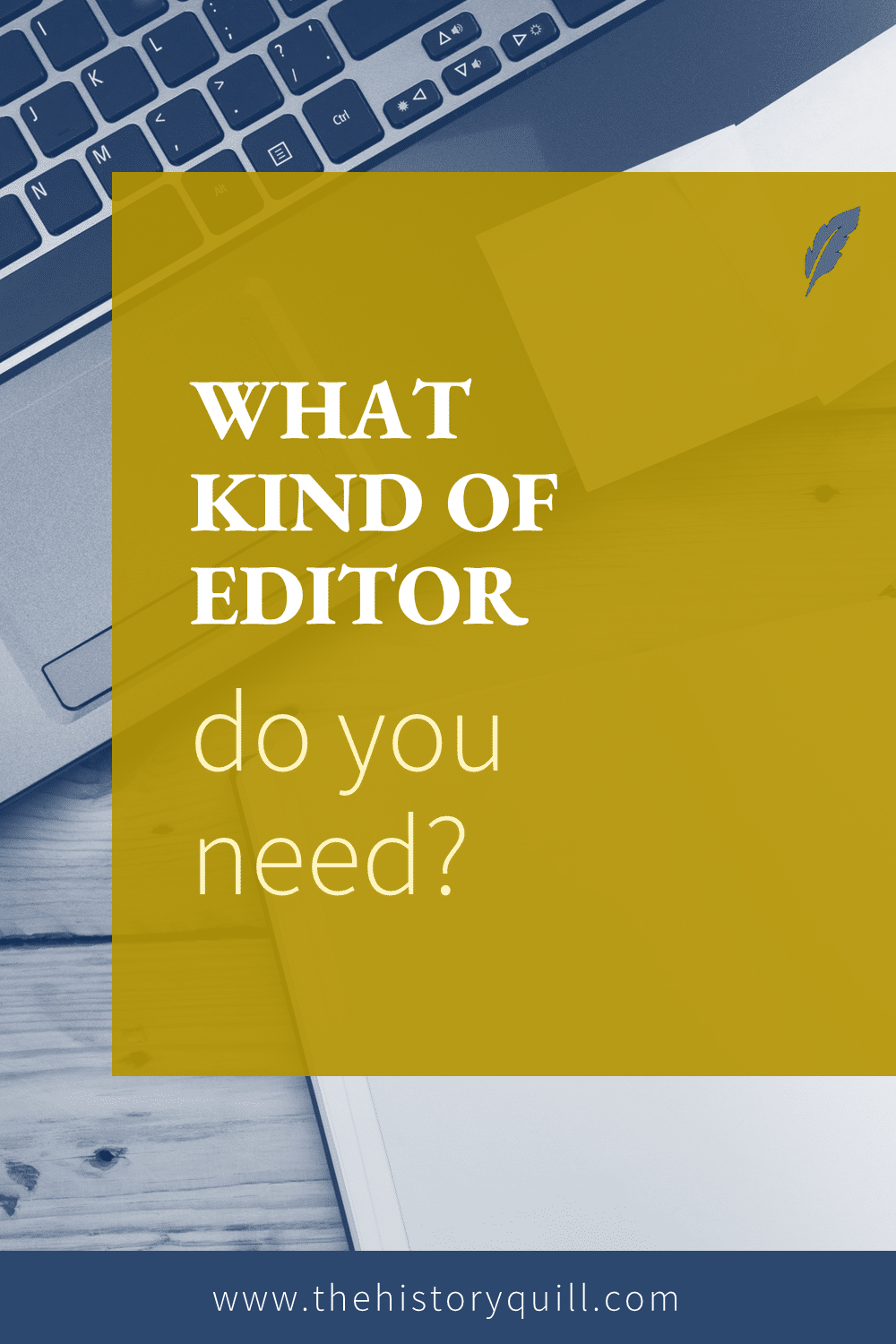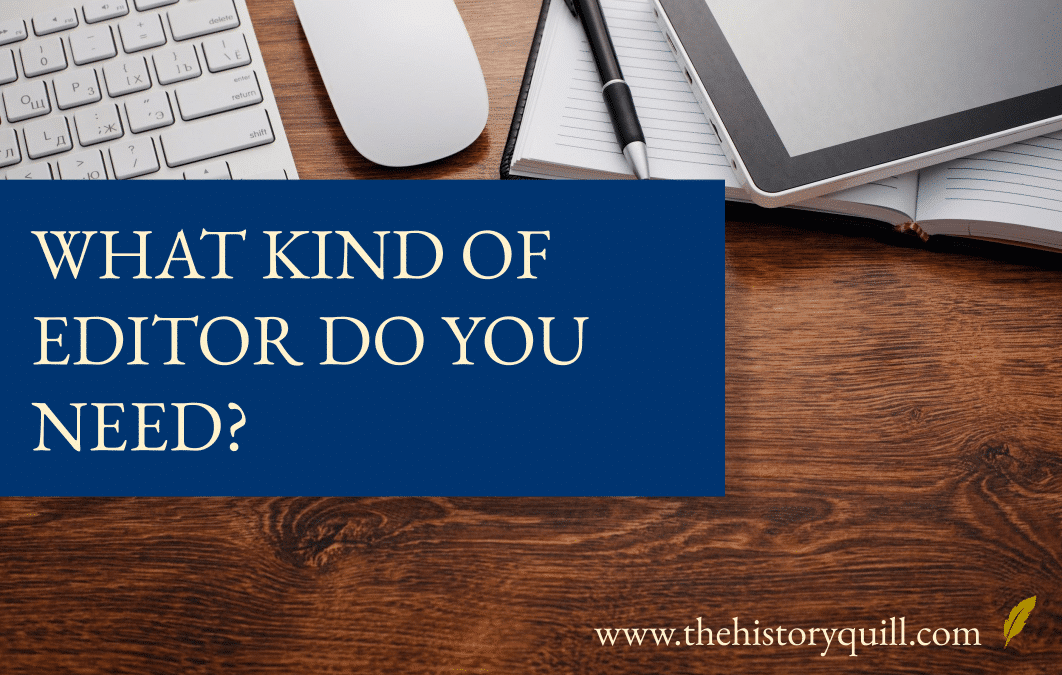When you’re trying to find an editor for your novel, it can be hard to make sense of all the different specialisms. Content editor, line editor, copy-editor, proofreader? What do they all mean and which one do you need? To help you make sense of it all, I’ve produced this handy guide.
Content editor
Also known as structural editors or developmental editors, content editors focus on the big picture issues like plot, structure, and characterisation. Sure, they’ll comment on the quality of your writing and they’ll be able to flag any recurring grammar tics, but their main purpose is to ensure your overall story is compelling and coherent.
Usually, a content editor will read your manuscript and send you a report or leave comments inline. Sometimes, content editors will offer line editing, where they’ll make suggested changes to your manuscript line-by-line. Personally, I don’t think this is the best approach – at the macro level, I think authors are better off making the actual changes themselves, and I think most prefer this. But it’s up to you to choose what kind of approach you want and find the editor who best matches up.
Content editors are best used when you’re finished with your self-editing and you want to know how the big picture elements can be improved before you move to the next step.
Do you write historical fiction?
Join our email list for regular writing tips, resources, and promotions.
Copy-editor
Copy-editors review the micro-level elements of your writing, such as grammar, punctuation, and syntax. They’ll also look at consistency, spot obvious factual errors, and tell you if certain sections are overwritten or don’t make sense. They’re not there to help with plot, characterisation, structure, or other macro-level issues, and they should only be used after the content edit is complete and you’ve made any subsequent revisions.
A good copy-editor will use tracked changes to make amendments to your manuscript, so you’re free to accept or reject them as you please. They should also give you a style sheet so you know what grammar rules they’ve followed.
Just to confuse things, some copy-editors also call themselves line-editors. Not very helpful, is it? Similarly, many will also offer proofreading and bundle the two together (which I don’t recommend, since proofreading is meant to be one of the very last steps before publication, and you’re probably going to want to tinker with the language a bit after the copy-edit). The trick is to look at what they’re offering and see whether it corresponds most clearly to copy-editing or something else.
Proofreader
A proofreader is there to give your novel a final check for grammar, punctuation, spelling, typos, and formatting errors before it’s published. They’re the last line of defence against small mistakes. Their job isn’t to help you with things like consistency and factual errors (although some might go the extra mile and do so), but rather to catch the smaller errors that may have eluded your copy-editor or made their way into the text after the copy-edit is complete.
These three types of editing should be done in different phases rather than all together because you’ll probably want to make changes after the content edit and copy-edit. Sometimes, a content editor will also offer copy-editing and proofreading separately, although they may not necessarily be equally skilled in all three. In my case, I work with a specialist copy-editor and proofreader to provide these services for my clients to make sure they always get an expert service.
So, there you have it. You should now be able to tell the difference between the various kinds of editor and you should (hopefully!) feel equipped to choose the kind that your novel is ready for.
Do you write historical fiction?
Join our email list for regular writing tips, resources, and promotions.



